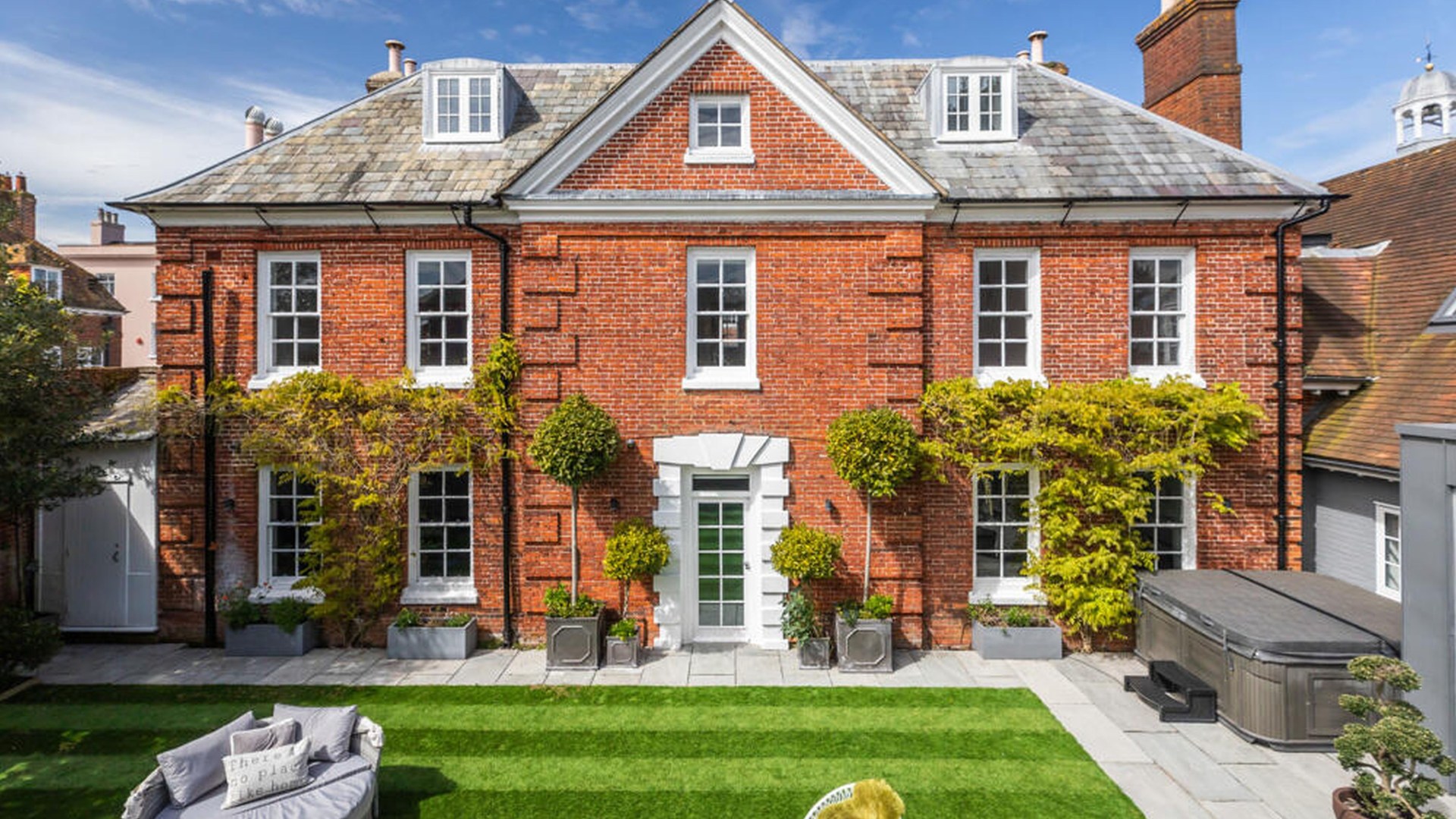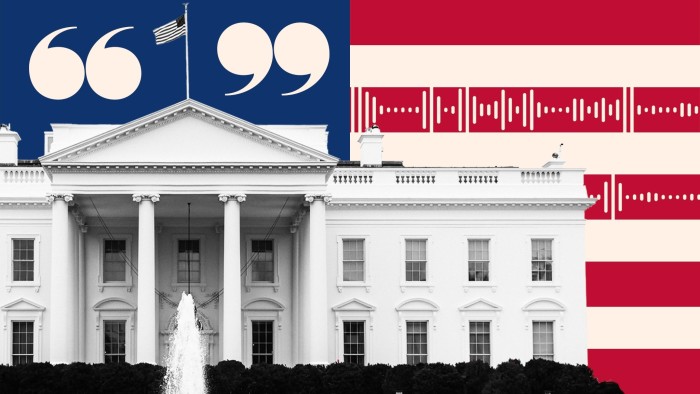Good morning. US dock workers have reportedly reached an interim agreement with their employers, taking a nasty inflation risk off the table before we got a chance to worry about it properly. If you were one of the people who hoarded toilet paper in anticipation of the strike, well, the next would-be crisis is never far off. Email us with your doomsday prep tips: robert.armstrong@ft.com and aiden.reiter@ft.com.
The jobs report was good, but not that good
The jobs report from last Friday showed that the economy added 254,000 jobs in September, far above expectations, and that unemployment ticked down from 4.2 to 4.1 per cent. What’s more, the anaemic July and August numbers were revised up by 55,000 and 17,000, respectively, softening a slowing trend that had helped prod the Fed to a 50 basis point rate cut.
Queue general rejoicing. Austan Goolsbee, president of the Chicago Fed, said the report was “superb” in an interview with Bloomberg TV. Shruti Mishra, US economist at Bank of America, called it an “A+ report”. Others suggested that it was the end of recessionary fears.

This is all a little rich. The picture has not changed all that much. Last month we wrote: “whisper it, chant it, get a tattoo: there is still no recession on the horizon”. That remains true. What we got from the jobs report is confirmation of what a lot of other data has been suggesting. GDP growth was robust at 3.0 per cent (unrevised) last quarter, and September’s ISM surveys were strong, particularly on new orders. And so on.
Our data-interpretation motto is “one month is just one month.” OMIJOM holds with good news as well as bad. We still do not have a great understanding of the post-pandemic economy, and the labour data has been particularly shifty and hard to read.
Earlier this year, the Bureau of Labor Statistics revised down its previous year’s estimates by around 818,000 jobs, due to structural issues in their birth-death model. This year’s numbers could be subjected to large revisions, too. And while 254,000 new jobs is a big improvement over August’s 159,000, it might not be that good of a number. As we wrote recently, immigration has increased the US labour force, and the break-even number of jobs — the number of new jobs needed each month to avoid an increase in unemployment — may be closer to 230,000, rather than previous estimates of 100,000.
If anything, this report shifts the Fed’s focus marginally away from fear of recession, and nudges it gently towards worries about inflation re-accelerating. For now inflation looks very close to beaten — but not completely beaten. One factor that still nags is wage growth, which has been stuck at 4 per cent, a percentage point above the pre-pandemic trend, for six months now. Further conflict in the Middle East could pump up oil prices, too. Break-even inflation measures are creeping up.
These lingering worries, though small, are enough to take a 50 basis point November cut off the table. We may be closer to the neutral rate than previously thought, and the FOMC will want to proceed with caution. The futures market has almost entirely shifted to anticipating a 25 basis point cut next month:

A couple more good jobs reports and a gentle dip in wages, and Unhedged will be ready to join the celebration.
(Reiter and Armstrong)
What’s happening at the long end of the curve?
It’s not a huge move, but it is big enough to require an explanation: long-dated Treasuries are selling off. Yields started rising the day before last month’s Fed meeting and haven’t quit. Here’s the 10 year:

This is mildly counter-intuitive, inasmuch as long interest rates are composites of expected short rates, and short rates are falling. It’s also a bit surprising that when the Fed cut by 50 basis points, yields rose, and then when the strong jobs report came out — which reduced the chances of another 50 basis point cut — yields rose again.
The move in real rates has been bigger than in nominal ones. Since the 16th of last month, real yields (yields on 10 year inflation-protected Treasuries) have risen 19 basis points. Nominal yields have risen another 15 basis points on top of that.
There are several possible explanations:
-
Both the 50 basis point cut and the strong jobs report may have been understood as signalling a reduced chance of recession. That makes Treasuries less appealing and risk assets like corporates and equities more so. Any portfolio rebalancing towards risk will have been exaggerated if shorter-term investors had been betting heavily that the jobs data would continue to be weak and the Fed would have to cut quickly. Joe Maher at Capital Economics emphasises that the good jobs report was backed up by other strong data, and raises the question of “whether the Fed needs to cut at all in November.”
-
The market may be getting a little nervous that the Fed is cutting too much — and rates will therefore have to be higher next year and beyond. Anshul Pradhan and his team at Barclays note “a dovish Fed reaction function in the face of economic resilience actually argues for higher rates . . . 10 year yields are still too low by about 20 basis points . . . The Fed has been more focused on [falling] inflation and continues to view the neutral rate as low.” A rising oil price helps keep the risk of resurgent inflation on the agenda, too.
-
The market may be pricing in more rate volatility, which requires both real and nominal rates to rise. This was suggested to us by Jim Sarni at Payden & Rygel, who wrote that “it’s volatile nominal yields that are the culprit as opposed to any deep dark theory about real rates . . . this yield volatility is expected . . . in the periods immediately following a big move in rates.”
These explanations are not mutually exclusive. But we like the third explanation the best, as it incorporates the view that we are at a particularly uncertain moment for rates, as the Fed changes the direction of policy and the various impacts of the pandemic continue to unwind (every moment feels particularly uncertain while you are living it, but we’d argue this one really is). It is worth noting that the Move index of implied bond volatility is not on a rising trend. But that may be because the index looks at one month options on various Treasury tenors, and the market is taking a somewhat longer view.
One good read
“Who is the @$%! superpower here?”
FT Unhedged podcast

Can’t get enough of Unhedged? Listen to our new podcast, for a 15-minute dive into the latest markets news and financial headlines, twice a week. Catch up on past editions of the newsletter here.

















































































































































You must be logged in to post a comment Login